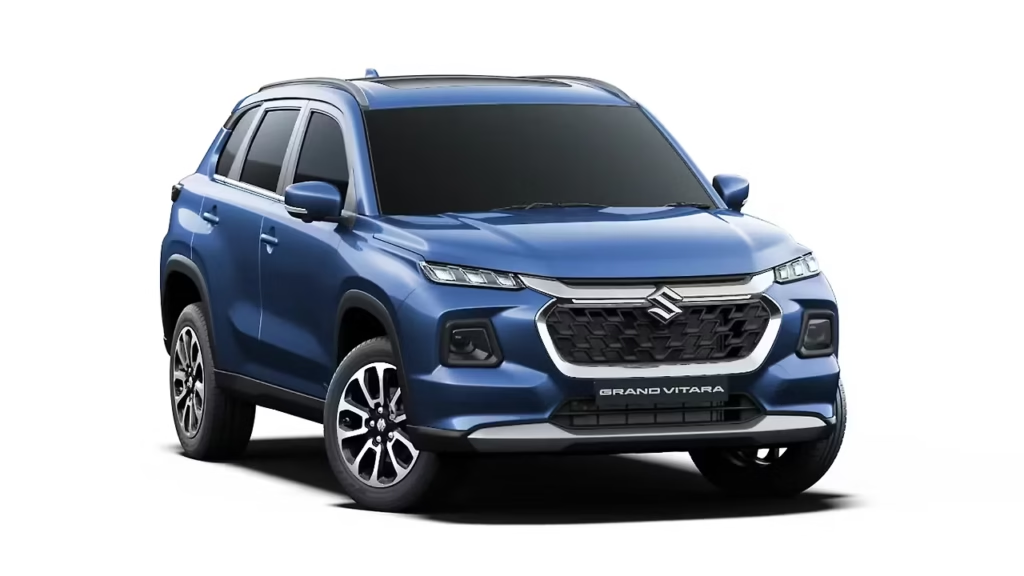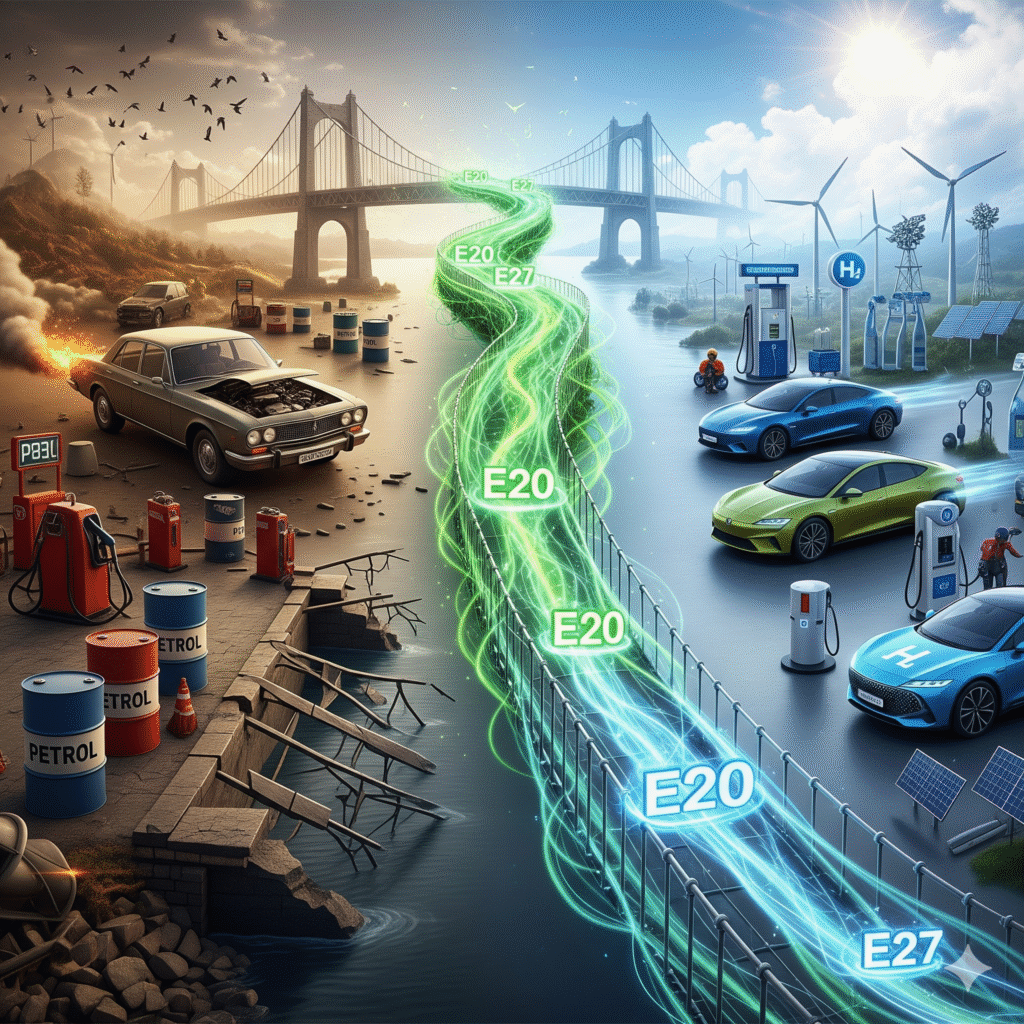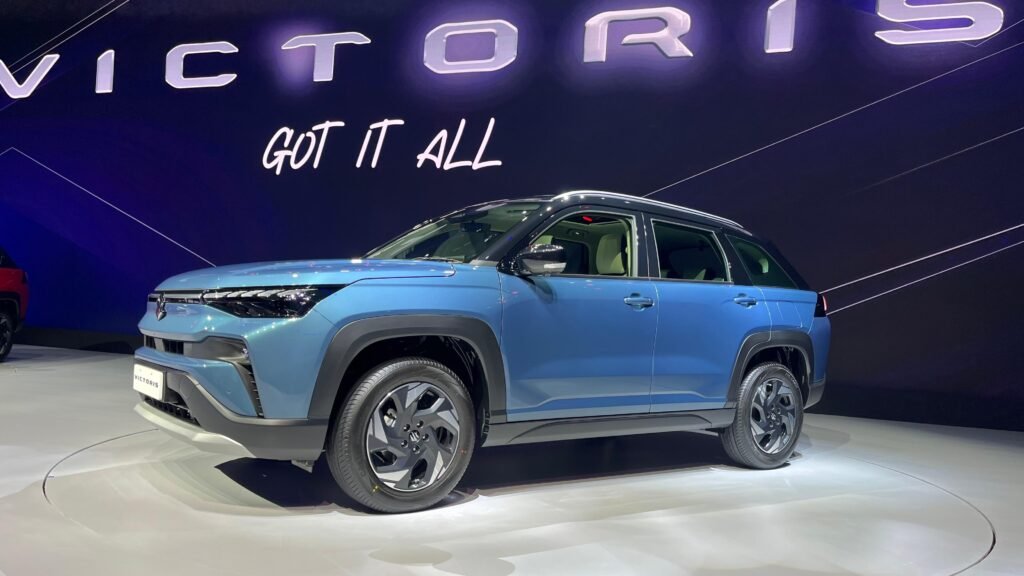In a landmark event that underscores India’s growing prowess in green mobility, Prime Minister Narendra Modi has inaugurated Maruti Suzuki’s new assembly line for its first electric SUV, the e-Vitara, at the company’s Hansalpur plant in Gujarat. The ceremony, held on August 26, 2025, also marked the commencement of local battery manufacturing for the e-Vitara, as well as existing hybrid models like the Grand Vitara and Invicto. This development not only boosts domestic production but also positions India as Suzuki’s global hub for electric vehicles, with the made-in-India e-Vitara set for export to over 100 countries, including Japan and Europe.
The inauguration highlights Suzuki’s substantial commitment to India, with the company announcing an investment of over Rs 70,000 crore over the next five to six years. This infusion is expected to enhance manufacturing capabilities, create jobs, and accelerate the transition to sustainable transportation. PM Modi, while flagging off the first batch of e-Vitaras, described the occasion as a “special day in India’s quest for self-reliance and being a hub for green mobility,” emphasizing the ‘Make in India’ initiative’s role in global exports.
A key highlight of the event was the inauguration of the TDS Li-Ion Battery Gujarat (TDSG) facility at Hansalpur, a collaborative venture between three Japanese giants: Toshiba, Denso, and Suzuki. This plant will manufacture lithium-ion (Li-ion) battery cells and electrodes specifically for strong hybrid vehicles, enabling over 80% of the battery value to be produced locally in India. The facility will support the production of batteries for Maruti Suzuki’s Grand Vitara Hybrid, reducing import dependency and fostering a robust domestic EV ecosystem.
The Grand Vitara Hybrid, a popular model in Maruti’s lineup, features a 1.5-litre petrol engine paired with an electric motor, delivering enhanced fuel efficiency and lower emissions. Powered by a 1.5L Atkinson cycle engine and an eCVT automatic transmission, it offers a compelling blend of performance and economy. The strong hybrid variants now include the all-new Delta+, Zeta+, Alpha+, Zeta+ (O), and Alpha+ (O) trims, catering to a wide range of customer preferences. With local electrode manufacturing, Maruti Suzuki aims to make these hybrids more cost-effective and accessible, further solidifying its position in the Indian market.
The e-Vitara represents Maruti Suzuki’s bold entry into the battery electric vehicle (BEV) segment. Built on a dedicated 40PL EV platform co-developed with Toyota, the compact SUV measures 4,275 mm in length, 1,800 mm in width, 1,635 mm in height, with a 2,700 mm wheelbase and 180 mm ground clearance—ideal for Indian roads. It boasts a modern design with tri-slash LED headlamps, LED DRLs, rugged skid plates, and hidden rear door handles for a sleek profile.Under the hood, the e-Vitara offers two lithium-iron phosphate (LFP) battery options: a 49 kWh pack for the base variant and a larger 61 kWh pack available in front-wheel drive (FWD) or all-wheel drive (AllGrip-e) configurations. The 49 kWh version delivers 142 bhp and 193 Nm of torque with a WLTP range of up to 344 km, while the 61 kWh FWD variant ups it to 171 bhp and a 426 km range. The AWD model provides 181 bhp and 307 Nm for a 395 km range. Claimed to cover up to 500 km on a single charge in optimal conditions, the SUV supports DC fast charging, achieving 0-80% in about 45 minutes.
Feature-rich inside, the e-Vitara includes a digital instrument cluster, a large touchscreen infotainment system, JBL premium audio, wireless charging, a 360-degree camera, ventilated front seats, an electric sunroof, seven airbags, automatic climate control, and drive modes. Priced starting around Rs 20 lakh in India, it will compete with rivals like the Hyundai Creta Electric, Mahindra BE 6, and MG ZS EV. Indian customers can expect a launch by early September 2025, following its global debut in markets like the UK.
The Hansalpur plant, part of Maruti Suzuki’s 2.6 million annual production capacity across four facilities, will leverage India’s first automobile Gati Shakti multimodal cargo terminal for efficient exports. In FY25, Maruti exported 3.32 lakh vehicles and sold 19.01 lakh units domestically, and the e-Vitara’s rollout is poised to elevate these figures further.



